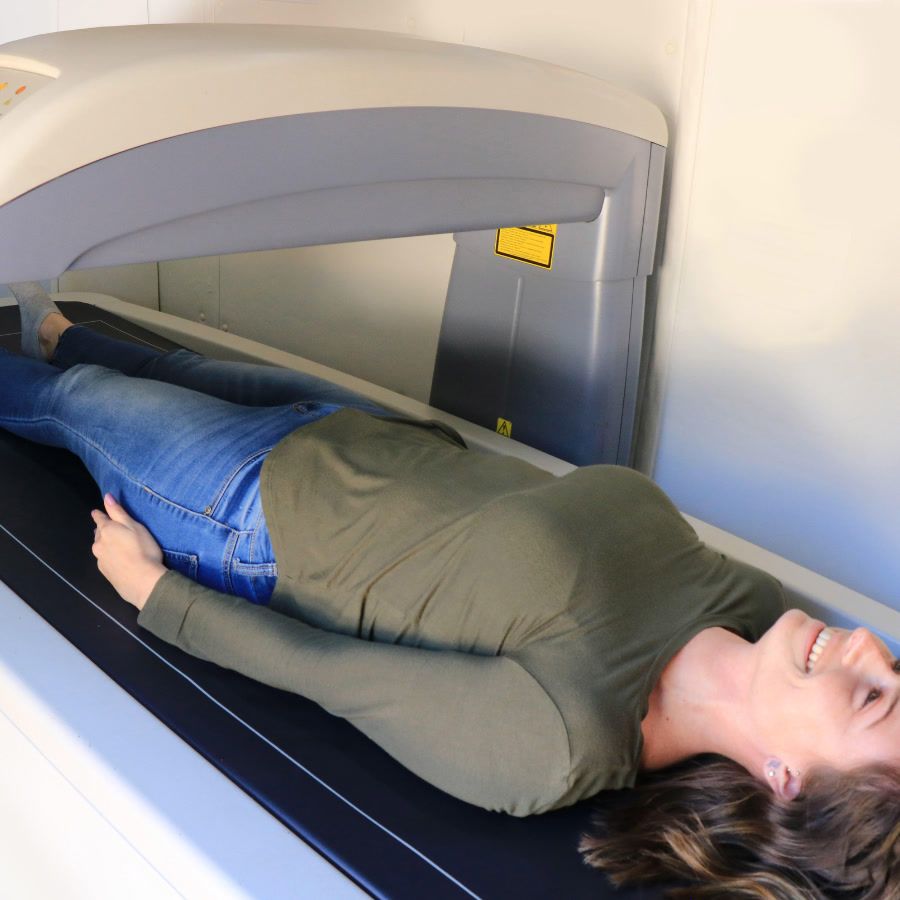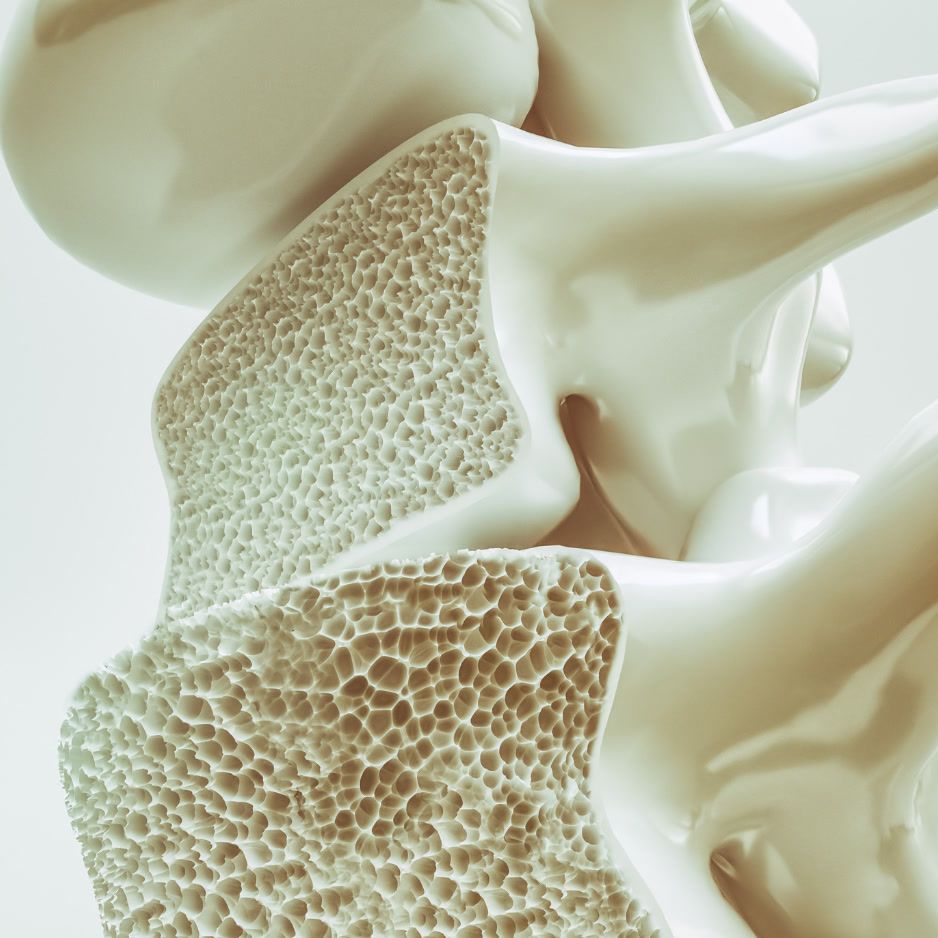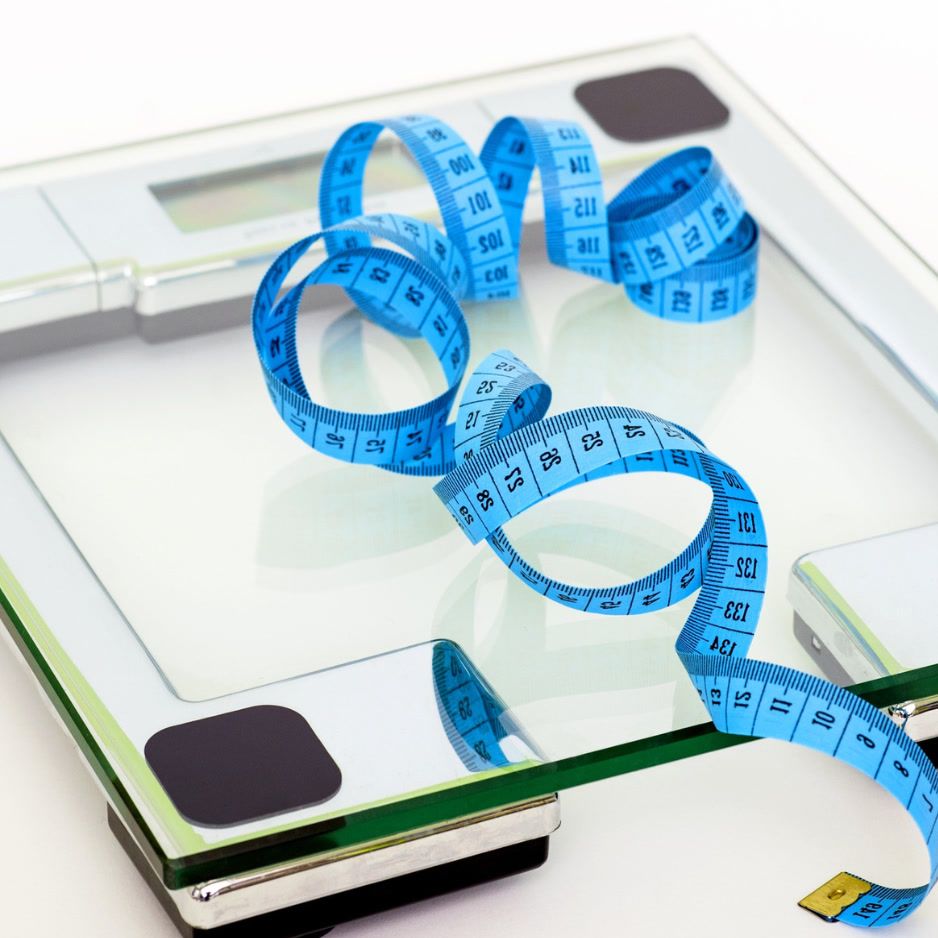Bone Density Test CPT Codes: Billing and Documentation Guide

Bone Density Test CPT Codes: Comprehensive Billing & Documentation Guide (2024–2025 Update)
Dual-energy X-ray absorptiometry (DEXA) is the gold standard for assessing bone mineral density (BMD). However, the coding requirements for these studies are complex. Select the wrong CPT, omit a modifier, or miss a medical-necessity note and you will likely face a claim denial.
Use this updated, comprehensive guide to select the right bone-density test CPT code, attach the proper modifiers, and document medical necessity — whether you’re a clinic biller, primary-care clinician, or mobile DEXA owner.
Quick-Reference CPT Table
| CPT Code | Scan Type & Anatomic Site | Typical Setting | National Avg. Medicare Payment* |
|---|---|---|---|
| 77080 | DEXA of axial skeleton (e.g., hips, pelvis, spine) | Hospital outpatient, office, mobile van | $41.02 |
| 77081 | DEXA of appendicular/peripheral site – forearm, heel, wrist | Hospital outpatient, office, mobile van | $24.34 |
| 77078 | CT-based axial BMD (QCT) – spine | Hospital imaging, radiology suite | $174.12 |
| 77082 | Vertebral fracture assessment (VFA) via DEXA | Add-on to 77080/77081 | $15.26 |
| 77086 | Trabecular bone score (TBS) | Add-on, limited payers | $42.98 |
CY 2024 national unadjusted non-facility rate (Source: CMS Physician Fee Schedule Final Rule CY 2024; CY 2025 proposed rates are pending and may change). CPT codes in the table link directly to their AAPC definitions for quick reference. Descriptions are distilled from the AMA CPT® Professional Edition (2024).
Decision Rules – Choosing the Correct Bone Density Test CPT Code: 77078 vs 77080 vs 77081
To select the appropriate bone-density test CPT code, apply these guidelines:
- Imaging modality
• CT → 77078
• DEXA → continue - Skeletal sites imaged (for DEXA)
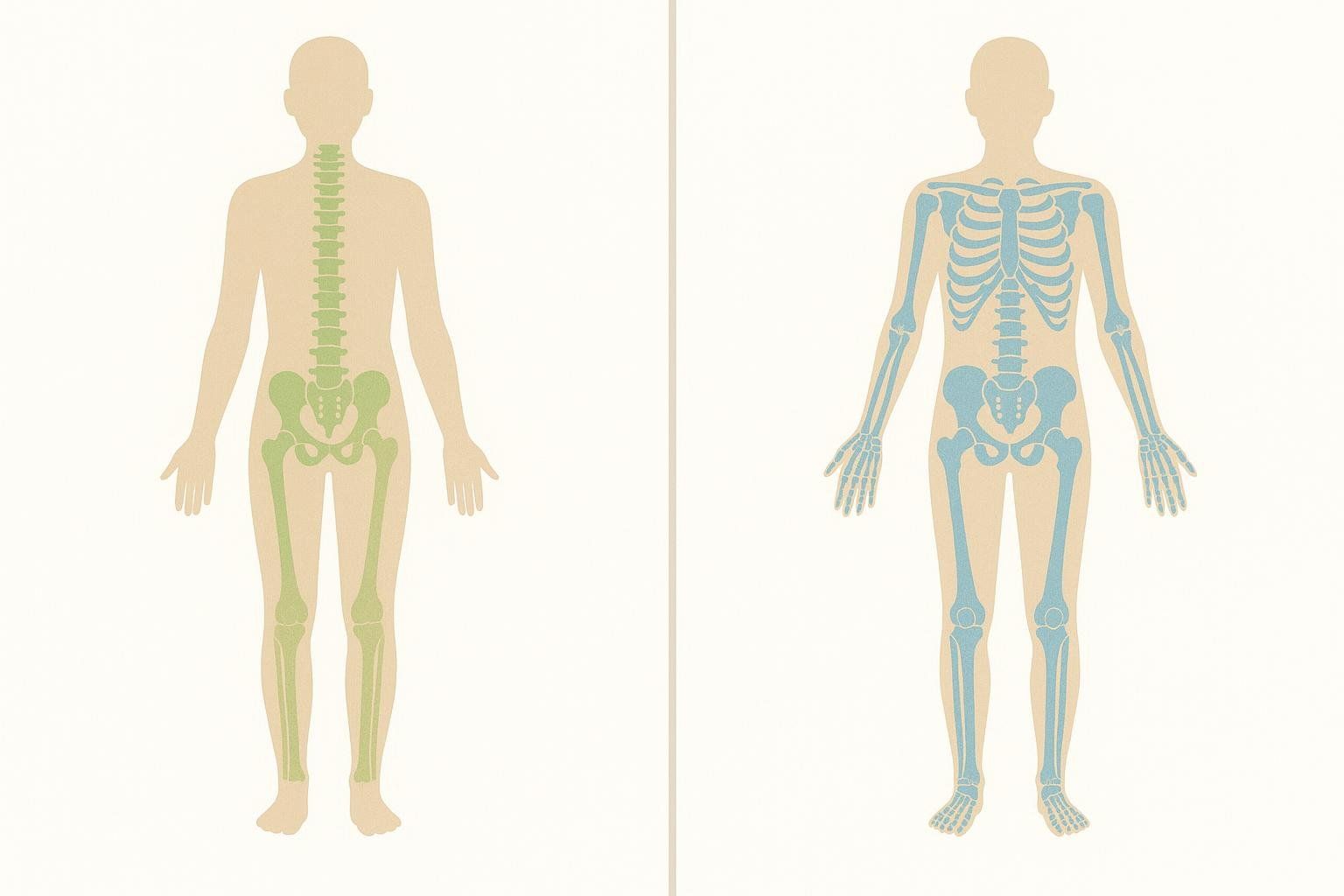
• Axial skeleton (e.g., hips, spine) → report 77080
• Appendicular/peripheral skeleton (e.g., forearm, heel, wrist) → report 77081
• If medically necessary scans of both axial and appendicular regions are performed during the same encounter, report both 77080 and 77081 (apply modifier -59 to the second code if required by payer or NCCI edits to denote a distinct procedural service).
- Need vertebral fracture assessment? Add 77082.
- Calculating trabecular bone score? Add 77086 if the payer accepts it.
Modifier Matrix
| Modifier | When It Applies | Example |
|---|---|---|
| -26 | Professional component (physician interpretation only) | Reading service for hospital DEXA |
| -TC | Technical component (equipment & tech) | Hospital bills TC; radiologist bills 26 |
| -52 | Reduced services (e.g., single-site scan when payer expects bilateral) | One hip because of hardware in other hip |
| -59 | Distinct procedural service | 77080 and 77081 on same day when both justified |
| GA / GX | Waiver of liability / voluntary ABN | Scan outside Medicare frequency limit |
Medicare Medical-Necessity Checklist
CMS covers a bone-mass measurement once every 24 months if any of these apply (CMS A57132):
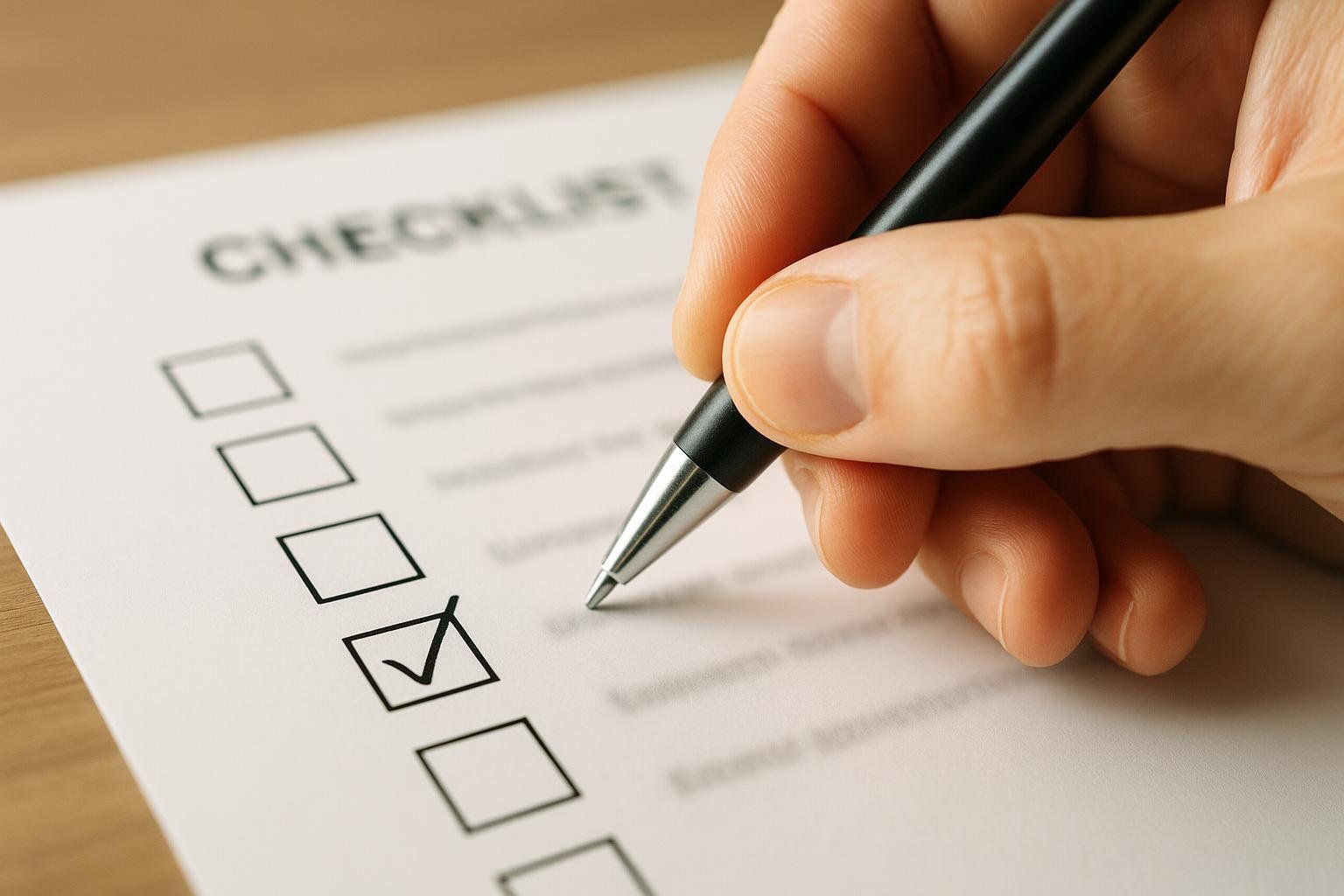
- Female estrogen-deficient & at risk of osteoporosis
- X-ray shows possible vertebral fracture
- Receiving glucocorticoid therapy equivalent to ≥ 5 mg/day of Prednisone for > 3 months, or planned for such therapy
- Diagnosed primary hyperparathyroidism
- Monitoring response to FDA-approved osteoporosis drug therapy
When Can You Repeat Sooner Than 24 Months?
CMS allows earlier repeats under specific medical-necessity scenarios:
- Monitoring FDA-approved osteoporosis drug therapy – follow-up BMM may be ordered as early as 12 months after initiating or changing medication.
- Initiation or change of systemic glucocorticoid therapy (≥ 5 mg/day Prednisone equivalent for ≥ 3 months) – repeat scan may be covered as early as 6 months after therapy change.
- New fracture – if the clinician deems an updated BMM necessary to guide treatment decisions.
Private payers echo Medicare but often tighten age or risk-factor thresholds. Always verify individual policy bulletins.
Frequency Limits Snapshot (Illustrative Examples*)
| Payer | Standard Interval | Early Repeat Criteria |
|---|---|---|
| Medicare | 24 months | New fracture; FDA-approved drug monitoring ≥ 12 months; steroid therapy change ≥ 6 months |
| BCBS CA | 24 months | May require high-risk factors such as chronic glucocorticoids or endocrine disorder† |
| Aetna | 24 months | Often requires documentation of fragility fracture or high FRAX score† |
*Always review the specific plan bulletin before ordering or billing.
†Criteria summarized from publicly available payer policies as of May 2025; wording and thresholds vary by plan and region.
Documentation → Denial Prevention
- Signed physician order specifying “DXA, axial skeleton” (or peripheral, CT, etc.).
- Risk-factor note: menopause status, steroid dosage, fracture history.
- Attach ICD-10 that supports medical necessity (see table below).
- Document prior scan date if the test was performed within the last 2 years.
- Retain DEXA report, ensuring it includes the machine model, calibration record, and technologist signature.
Failure to meet these documentation requirements may result in a CO-50 “medical necessity” denial.
Pairing CPT & ICD-10 Codes

| Common ICD-10 | Description | Typical CPT Pair |
|---|---|---|
| M81.0 | Age-related osteoporosis without fracture | 77080 ± 77082 |
| M80.00XA | Age-related osteoporosis with current fracture | 77080 |
| M85.80 | Other specified disorders of bone density | 77078 or 77080 |
| Z13.820 | Screening for osteoporosis | 77080 or 77081 |
| Z79.899 | Long-term drug therapy (e.g., steroids) | 77080 |
| E21.0 | Primary hyperparathyroidism | 77080 |
For expanded ICD-10 guidance, see A Guide to Osteoporosis ICD-10 Codes.
Real-World Denial FAQs
Q: My 77080 claim came back CO-151 – “payment adjusted because bundled.”
A: This denial can occur if a payer’s system bundles 77080 (axial skeleton) and 77081 (appendicular skeleton) when performed on the same day, or if the medical necessity for both distinct scans isn’t clear. If both scans were medically necessary and performed on distinct anatomical regions, append -59 (or payer-specified modifier) to the second CPT code and include documentation justifying each service.
Q: Medicare denied a repeat DEXA at 18 months.
A: Attach progress notes showing steroid therapy started after the baseline scan — that meets the glucocorticoid-therapy exception (repeat allowed ≥ 6 months). Reference the HHS Guidance Portal §80.5 in your appeal.
Q: Commercial payer states “no medical necessity.”
A: Review payer policy for age cut-offs. Many require women < 65 or men < 70 to have additional risk factors (e.g., BMI < 19, parental hip fracture). Appeal with a FRAX score print-out.
Revenue-Cycle Tips for Mobile DEXA Operators
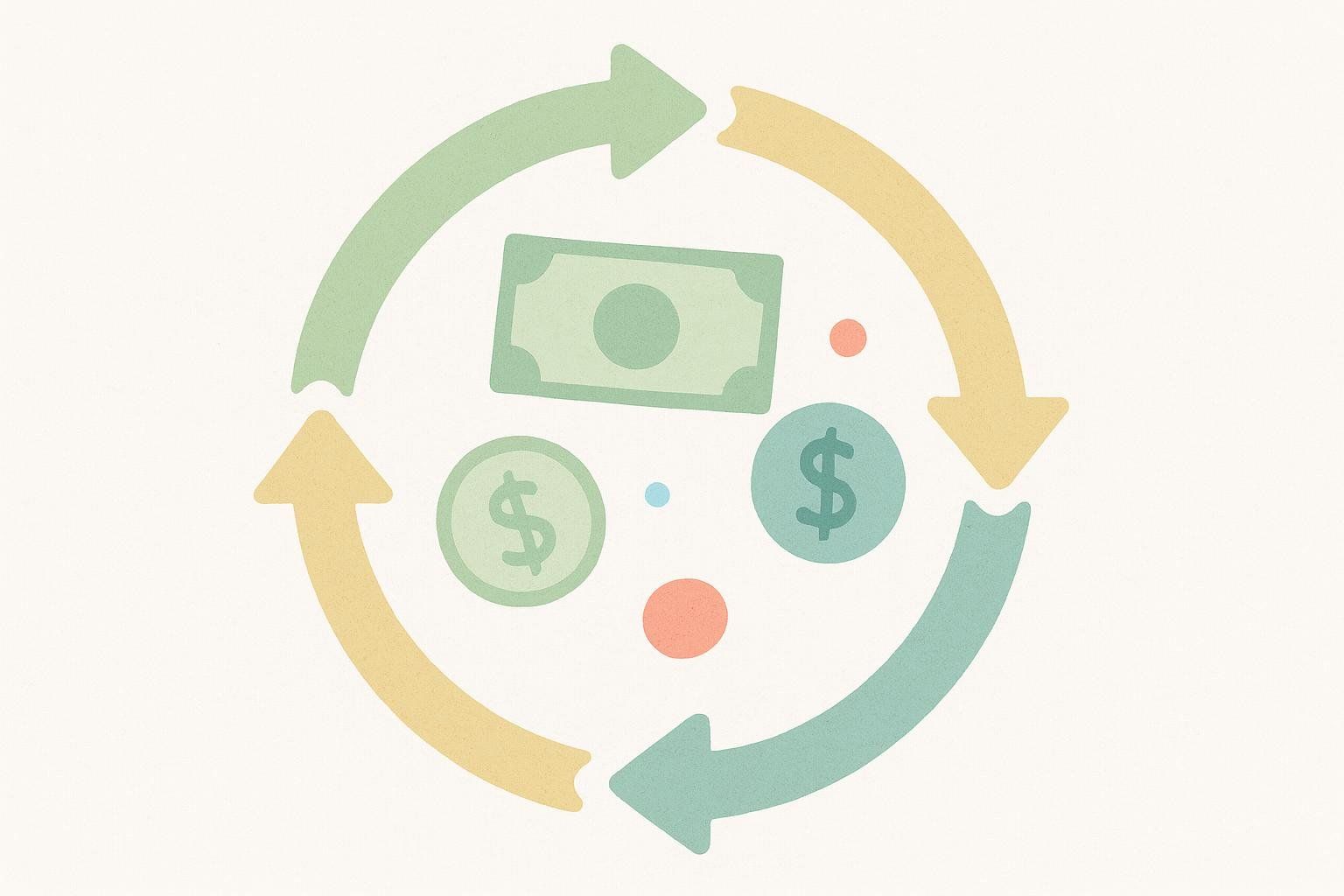
- Bill globally when possible: Mobile units usually own equipment and provide interpretation — report the CPT code without 26/TC modifiers to capture full RVU.
- Use electronic ABNs: Patients often request cash-pay scans < 24 months. Keep signed ABNs to avoid write-offs.
- Track denial trends: A spreadsheet of payer, reason code, and overturn success rate can reveal pattern fixes.
- Market cash packages: When coverage is unlikely (e.g., fitness screening), promote our transparent pricing — see What’s the Real Cost of a DEXA Scan?.
Version Changelog (Last Updated May 2025)
- CY 2024 MPFS rates added
- Medicare transmittal 10193 language incorporated
- CMS Article A57132 ver 19 hyperlink update
- Added CPT 77086 (TBS) details
- Refreshed ICD-10 pairs for 2024 code set
- Linked all CPT codes to AAPC definitions for transparency
- Added direct link to CMS §80.5 guidance for new fracture repeats
- Refined documentation checklist language for consistency
Additional Resources
- Bone Density Test: Key Insights and Guidelines — clinical overview of DEXA scanning
- A Guide to Bone Density Testing — patient-friendly prep and what to expect
- A Guide to Osteopenia ICD-10 Codes — expanded ICD-10 examples for secondary bone loss
Key Takeaways
- 77080, 77081, and 77078 are the core bone-density test CPT codes; choose based on anatomy and modality.
- Attach -26/-TC modifiers correctly and watch payer-specific rules on early repeats.
- Comprehensive documentation and a proactive appeals workflow are your best strategies for minimizing denials.
To learn more about BodySpec’s DEXA solutions and support services, visit BodySpec.com.
